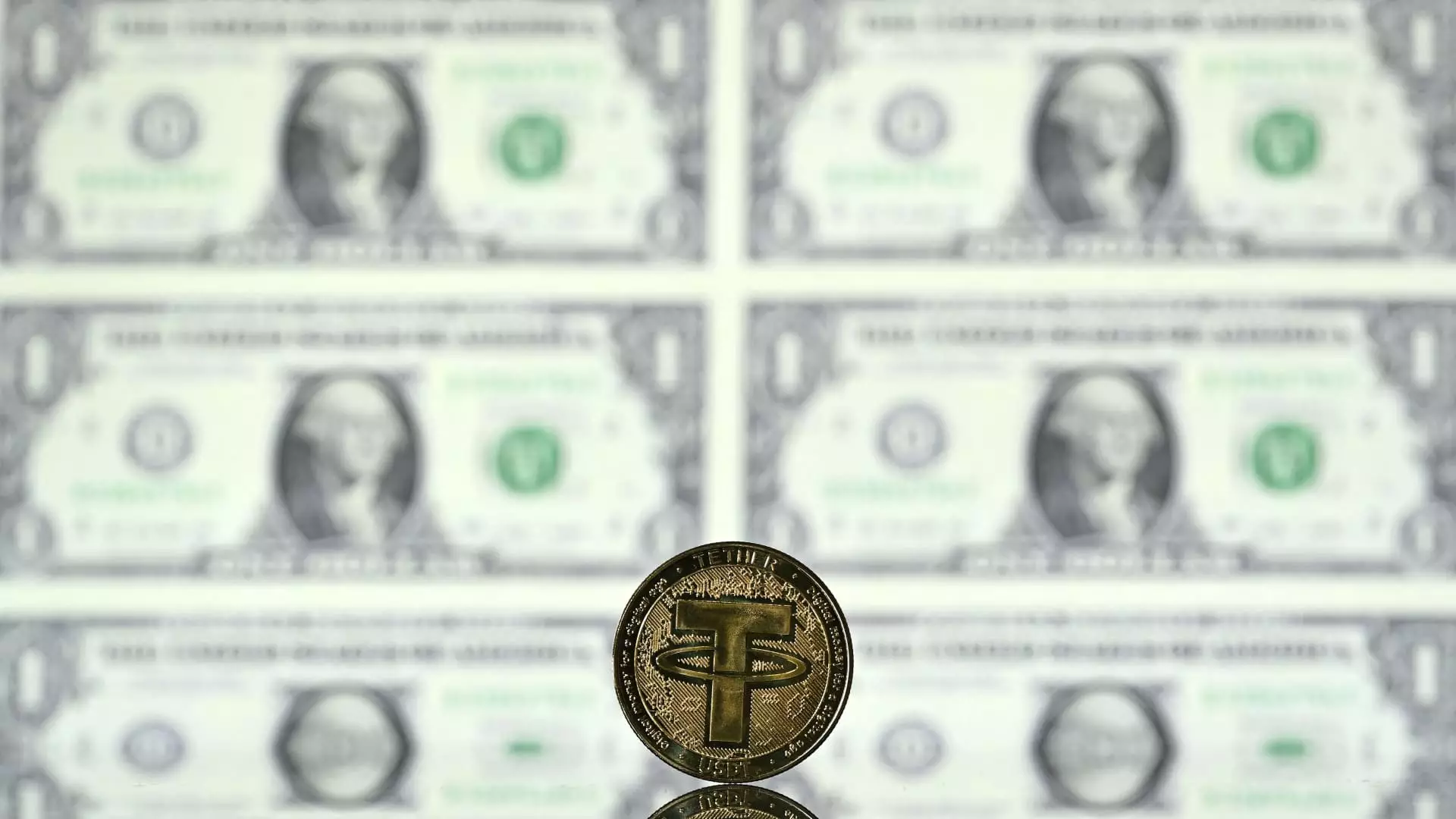Explosive Potential: How Stablecoin Legislation Could Reach $2 Trillion by 2028

The world of cryptocurrencies is decidedly tumultuous, where volatility reigns supreme and speculation often overwhelms sound investment principles. However, the emergence of stablecoins marks a transformative shift in this landscape. Unlike traditional cryptocurrencies that may fall prey to the ups and downs of market sentiment, stablecoins offer a semblance of predictability by pegging their value to external assets, predominantly the U.S. dollar. As recent analyses suggest, impending stablecoin legislation could fuel an astounding increase in their supply, possibly reaching a staggering $2 trillion by 2028. This potential growth could profoundly impact both the U.S. dollar’s position in the global financial hierarchy and the demand for U.S. Treasurys.
The Legislative Push: A Game Changer?
The anticipated signing of legislation by President Trump has the power to clarify regulatory frameworks for stablecoins, potentially affecting billions in digital currency liquidity. With analysts from Standard Chartered highlighting projected increases, we must ask ourselves: could this legislative move be the catalyst for a new era in financial security? The suggestion that stablecoin assets could balloon from a modest $230 billion to a jaw-dropping $2 trillion illustrates a burgeoning confidence in their utility. As stablecoins serve as a bridge between traditional finance and cryptocurrencies, the far-reaching implications merit close examination.
Analysts note that should issuers align their reserves with U.S. Treasury bills, approximately $1.6 trillion worth of new demand for these securities could emerge. This demand aligns perfectly with recent discussions around the financial implications of both the GENIUS Act and the STABLE Act, which aim to delineate clear guidelines for stablecoin operations. Should these acts gain traction, they could fundamentally reshape market dynamics by channeling investments into treasury bills—an arena typically dominated by foreign buyers or hedge funds.
A Major Shift in U.S. Dollar Dynamics
What’s notable about the anticipated growth of the stablecoin market is its potential role in supporting the U.S. dollar’s dominance. As the only major global currency, the dollar’s supremacy is not just about being widely accepted—it is about the liquidity and stability it brings to international transactions. Analysts suggest that increasing the reserves of USD-denominated stablecoins could spur additional demand for U.S. dollars. This, in turn, may counteract recent trends that have seen the dollar’s value under pressure due to geopolitical tensions and trade concerns.
In essence, this scenario carries significant weight: if stablecoins can make the dollar not only an option but a necessity in digital transactions, their impact will stretch beyond mere market metrics. It can solidify the U.S. dollar’s reign, transforming it into the bedrock of global commerce. While critics may point out the risks of digital finance trails diverging from conventional monetary policy, the lean towards USD-backed stablecoins presents an opportunity to reinforce America’s economic framework.
Network Effects: The Underdog Story of Stablecoins
Stablecoins are often overlooked in favor of their more volatile cryptocurrency counterparts, yet the power of network effects cannot be discounted. With Tether and USD Coin leading the charge, their growing adoption within decentralized finance (DeFi) ecosystems showcases not just a trend but a fundamental shift in how we perceive value and transactions. Stablecoins are experiencing a renaissance that goes beyond mere trading; they are emerging as essential tools in financial ecosystems.
As analysts project a booming trading volume alongside growing confidence in U.S. legislation, this could mark a pivotal moment for digital asset adoption. The convergence of regulatory clarity and innovative financial products presents an unprecedented opportunity for mainstream engagement with cryptocurrencies. For stakeholders, this is not merely about stability but about a fundamental reimagining of finance itself, where the currency of the future—the stablecoin—could reshape our very understanding of money.
Reinforcing Financial Infrastructure
While the prospect of stablecoins solidifying their role in the financial ecosystem is exhilarating, it also raises important questions about regulatory frameworks and their effectiveness. Should legislation be hastily executed without critical safeguards, the consequences could ripple throughout both traditional and digital financial systems. It is crucial that the emphasis remains not just on growth, but also on ensuring systemic integrity.
Furthermore, the explosion in stablecoin adoption does not come without its caveats. Increased reliance on these assets requires a sophisticated infrastructure capable of managing risks—from cybersecurity threats to market manipulations. Strong legislative foundations must be coupled with robust technological frameworks to create an ecosystem that can responsibly handle this burgeoning market and safeguard financial interests.
While the next few years may usher in an unprecedented era of growth in the stablecoin market, it is essential for the dialogue surrounding this venue to remain nuanced, informed, and prudent. Such clarity will not only help maintain the integrity of the financial system but can also serve to enhance the appeal of U.S. dollars in a rapidly evolving global landscape.





